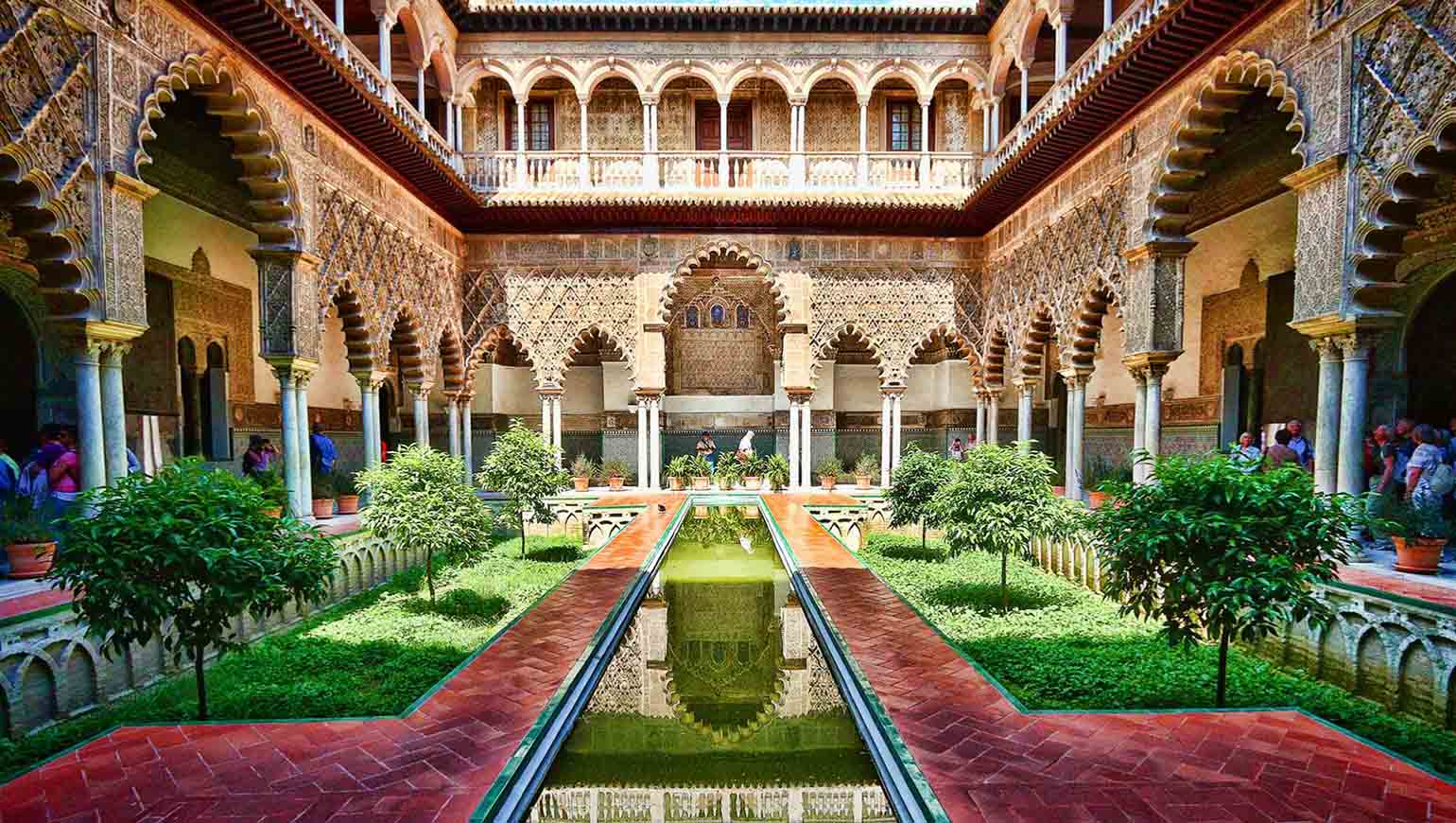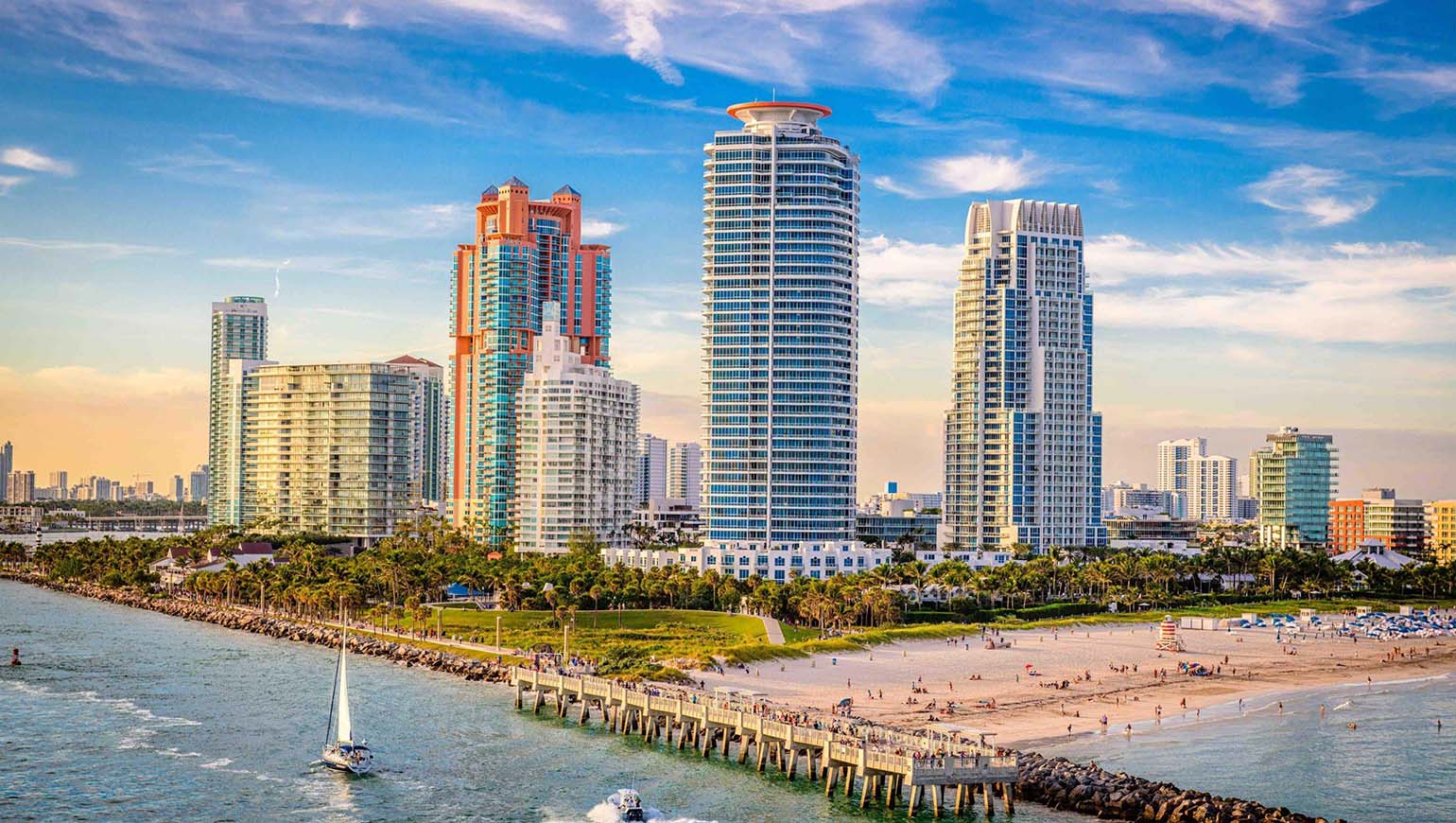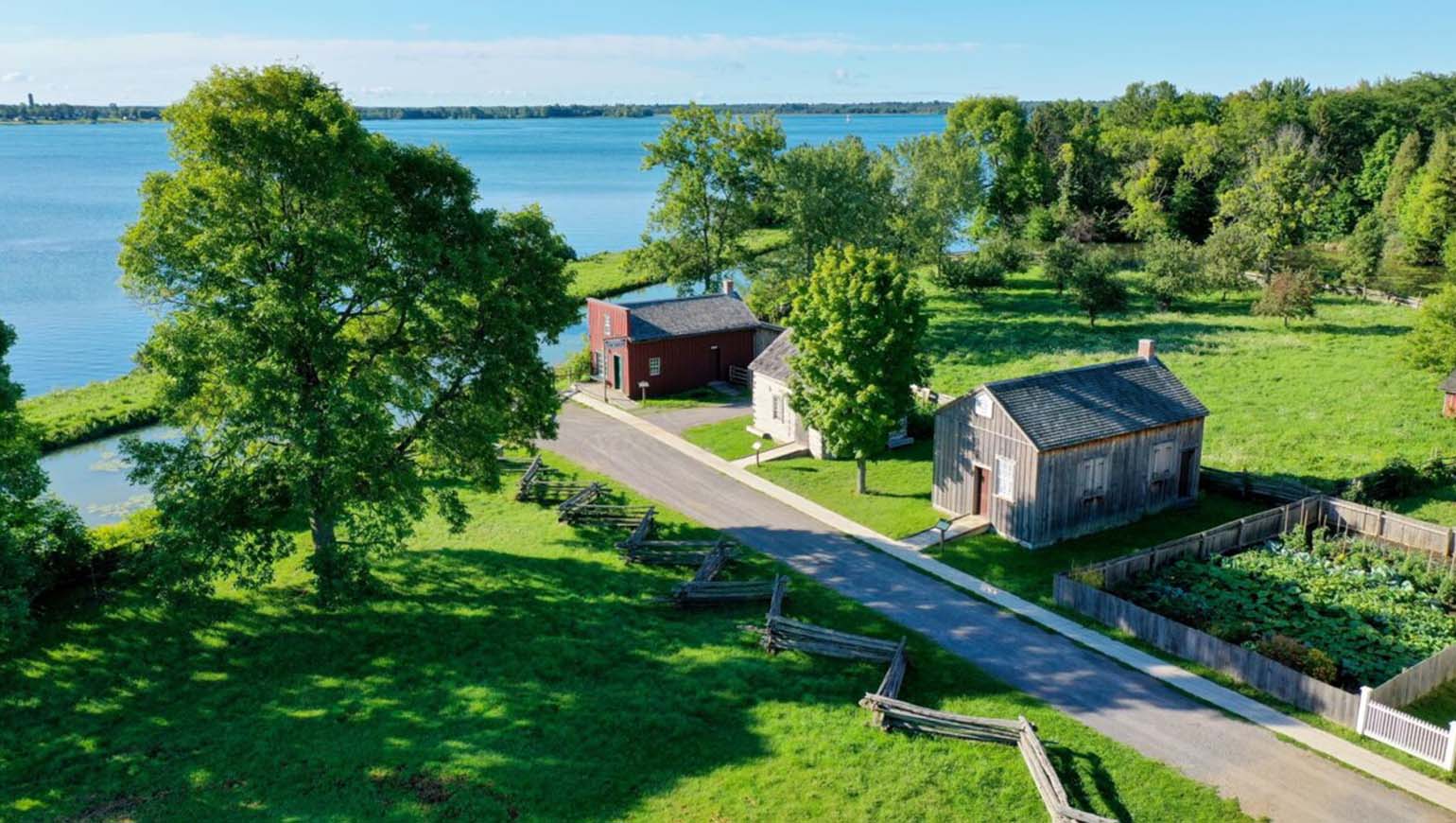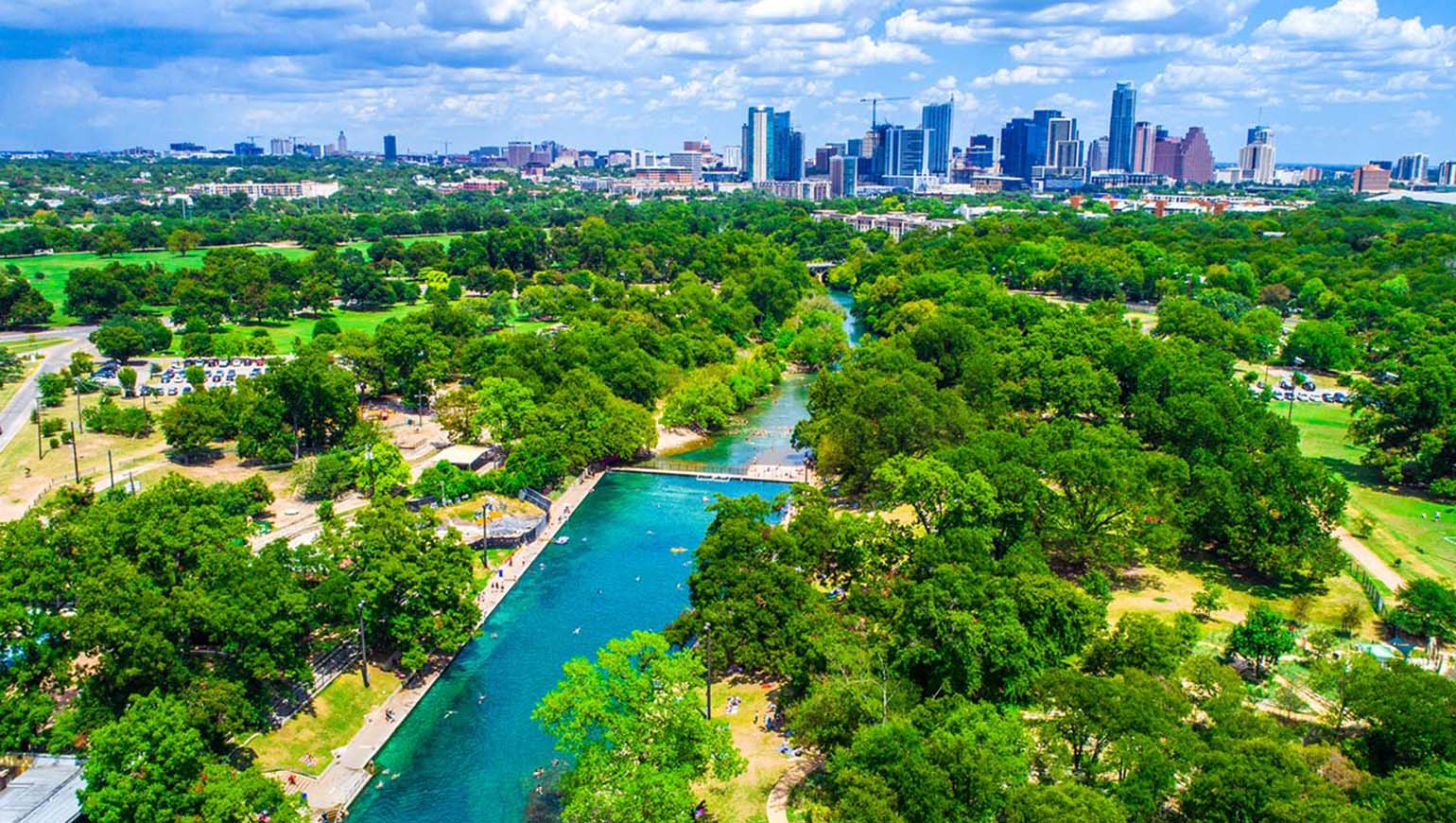Sevilla, located in the Andalusia region of Spain, is one of the country’s most iconic cities in terms of history, culture, and art. As one of the oldest cities in Europe, Sevilla has absorbed a wealth of diverse cultures throughout its history. From Roman rule, to Muslim governance, and the Christian reconquest, every corner of Sevilla is steeped in rich historical heritage. At the same time, the city is renowned for its innovation and modern elements, particularly in the fields of art, architecture, and design. Today, Sevilla blends these ancient and modern elements perfectly, creating a unique urban landscape that attracts countless visitors to explore.
1. Alcázar Palace and Plaza de España: The Heart of Historical Heritage
Alcázar Palace
The Alcázar Palace is one of the most representative historical sites in Sevilla. As a UNESCO World Heritage Site, this palace is not only one of the oldest royal palaces in Spain, but also a prime example of Mudéjar architecture. The palace’s design blends Islamic, Gothic, and Renaissance styles, with exquisite mosaics, carvings, and gardens that showcase the prosperity and splendor of the Andalusian region.
Inside the Alcázar, you can see the fusion of rich Islamic architectural styles with Western elements, especially in the design of the palace’s courtyards. The fine wall decorations and garden landscapes complement each other, giving visitors a sense of stepping back in time. Every step you take seems to echo with the voices of history.
Plaza de España
Located in the María Luisa Park (Parque de María Luisa), Plaza de España was built for the Ibero-American Exposition of 1929. The architectural style of the square incorporates regional Spanish elements, and the design is semi-circular, with a large fountain in the center and ceramic mosaics symbolizing each of Spain’s provinces surrounding the square. This grand square, with its monumental scale and intricate decorations, has become one of the symbols of Sevilla and is a must-visit for tourists.
Plaza de España is not just a historical site; it also serves as a modern space for showcasing Spanish culture and art. It attracts numerous visitors, photographers, and artists. Walking through the square, you can feel a fusion of history and modernity, as if you are standing in the middle of a painting that blends both historical and artistic elements.
2. Barrio de Santa Cruz and Alfama: Medieval and Traditional Neighborhood Labyrinths
Barrio de Santa Cruz
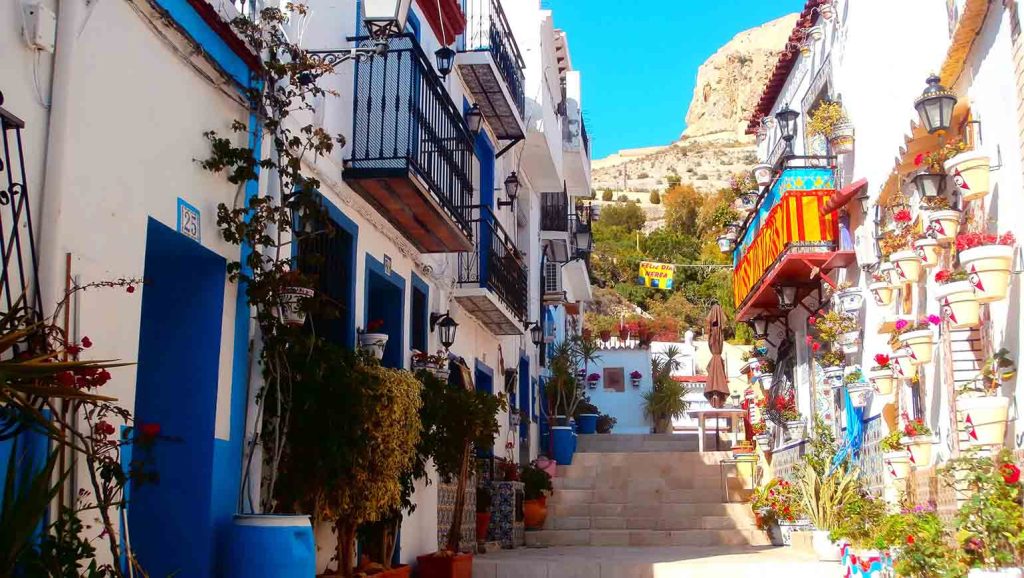
Barrio de Santa Cruz, once the Jewish quarter of Sevilla, is a maze of narrow, winding streets that lead you into a world where history and culture come alive. The whitewashed houses adorned with colorful ceramic tiles and intricate wrought-iron balconies give the neighborhood its quintessential Andalusian charm. As you stroll through these alleys, you’ll find yourself immersed in an atmosphere that seems frozen in time. The influence of the Muslim era is evident in the architectural features, with many buildings showcasing traditional Andalusian design—courtyards filled with fountains, arches, and delicate carvings. These elements bring the rich cultural heritage of the area into sharp focus, offering an authentic experience of old Sevilla.
The Plaza de Santa Cruz, the neighborhood’s heart, is home to several historic landmarks, including churches like the Church of Santa Cruz, which was once the site of the Jewish synagogue. You’ll also find intimate squares, such as Plaza de los Venerables, perfect for relaxing while you soak in the surroundings. Each corner of this district tells a story, and whether you’re admiring the stunning architecture or enjoying a traditional Andalusian meal at one of the many local tapas bars, Barrio de Santa Cruz offers a deep connection to Sevilla’s past. Walking through its quiet streets, it’s easy to imagine what life might have been like centuries ago.
Alfama
Much like Barrio de Santa Cruz, Alfama is a neighborhood that carries the weight of centuries-old history. Situated on the highest hill in Sevilla, it has preserved much of its traditional architecture, dating back to the Muslim rule in Spain. The area is characterized by its narrow, cobbled streets that twist and turn unpredictably, leading visitors through small squares and hidden courtyards. Here, you’ll see whitewashed houses with intricate tilework and beautiful balconies, evoking the essence of Andalusian style. As you wander, the cobblestones beneath your feet seem to echo with the footsteps of those who have lived here for generations, from Muslim rulers to Christian conquerors.
Alfama’s labyrinthine streets are dotted with ancient churches, such as the Church of San Juan Bautista, and remnants of Sevilla’s Moorish past, including the walls of the old Alcázar. Artists and musicians are drawn to this area, which is known for its lively cultural scene and deep artistic traditions. Many cafes and restaurants in Alfama offer the best of Spanish cuisine, with local delicacies like jamón ibérico and tapas readily available for visitors. While exploring Alfama, you’ll experience not just the beauty of its historical buildings, but also the spirit of contemporary Sevilla—alive with art, music, and creativity. Whether you’re enjoying the sound of flamenco echoing through the streets or stopping to enjoy a meal on a sunny terrace, Alfama offers an authentic glimpse into the soul of the city.
3. Sevilla’s Modern Innovation: The Fusion of Art and Design
Museum of Contemporary Art of Sevilla (Museo de Arte Contemporáneo de Sevilla)
Sevilla is not only known for its ancient heritage but has also become one of Spain’s important centers for modern art and design. The Museum of Contemporary Art of Sevilla showcases works by both Spanish and international contemporary artists, reflecting the city’s dynamic and forward-thinking cultural scene. The museum’s exhibitions are often filled with creativity and innovation, highlighting cutting-edge trends in the field of contemporary art. Housed in a repurposed industrial building, it stands in stark contrast to the ancient heritage of Sevilla, offering a striking fusion of the old and the new.
The museum’s exhibits span a wide range of art forms, including painting, sculpture, and installation art, each reflecting the artistic style and ideas of modern creators. Many of the works challenge conventional artistic boundaries, inviting visitors to think critically about the modern world. A visit to the museum is an artistic journey through both the past and present, offering an engaging experience for art lovers, as well as those looking to understand the cultural evolution of Sevilla. It is a testament to how the city embraces both its history and its future.
Royal Academy of Fine Arts of Santa Isabel de Hungría (Real Academia de Bellas Artes de Santa Isabel de Hungría)
The Royal Academy of Fine Arts is also a hub for modern art in Sevilla. Founded in the 17th century, it has long been an institution dedicated to promoting Spanish art, yet in recent years, it has become a vibrant space for showcasing works by emerging contemporary artists. The academy is dedicated to discovering and showcasing works from artists across various regions and disciplines, and its exhibitions often blend traditional and modern artistic elements. This mixture creates an exciting atmosphere where visitors can appreciate both classical and avant-garde works side by side.
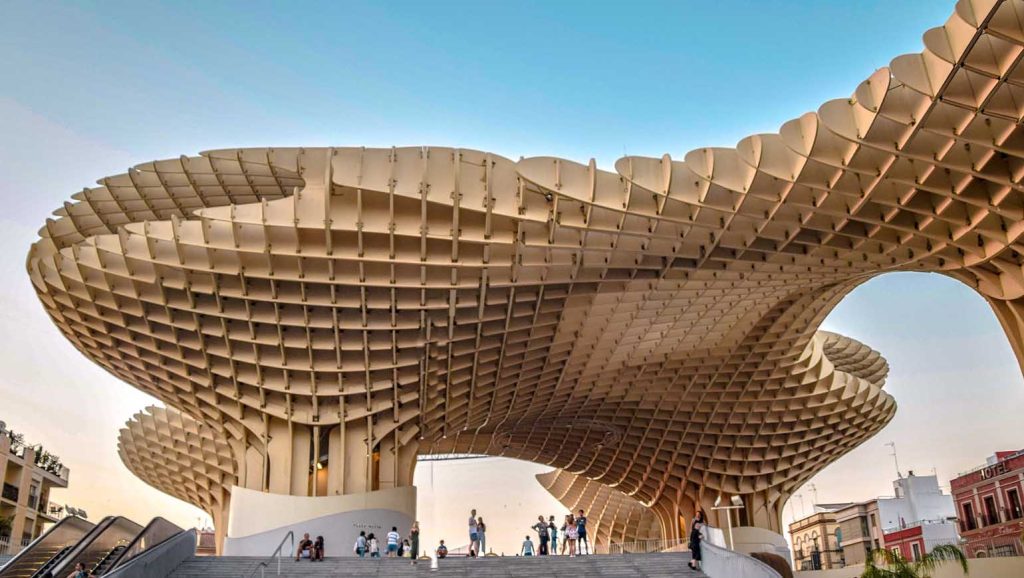
As one of Spain’s most influential fine arts academies, it serves as both a space for artists to create and a place for visitors to experience and learn about Spanish modern art. The academy’s galleries are filled with a wide variety of works, including paintings, sculptures, and digital art, all contributing to the cultural landscape of Sevilla. Its exhibitions not only highlight contemporary trends but also often celebrate the artistic traditions of Andalusia, making it an indispensable cultural landmark for art lovers and history enthusiasts alike.
Metropol Parasol: Contemporary Architecture in Sevilla
Sevilla has not only preserved its rich historical culture but also embraced new and innovative modern architecture. Metropol Parasol, also known as “Las Setas” (The Mushrooms), is one of the city’s modern landmarks. This massive wooden structure was designed by German architects Herzog & de Meuron. With its unique shape and innovative design concept, it attracts visitors from around the world. As the largest wooden structure in Europe, Metropol Parasol represents the pinnacle of modern architecture and serves as a symbol of Sevilla’s artistic and innovative spirit.
4. Sevilla’s Street Culture: The Perfect Blend of Ancient and Modern
The neighborhoods of Sevilla are not just containers of buildings and history; they are reflections of the culture and lifestyle of the city. From the ancient Alcázar Palace and Plaza de España to the modern Metropol Parasol, every street and alley is filled with layers of history and creative innovation. Through these neighborhoods, visitors can deeply feel how Sevilla has preserved its traditions while embracing modern elements, creating a unique urban charm.
Whether you are standing at Plaza de España admiring the ancient architecture, or experiencing the stunning design of Metropol Parasol, Sevilla offers you a profound experience that transcends time. It is not only a witness to history but also a pioneer of modern cultural innovation.
